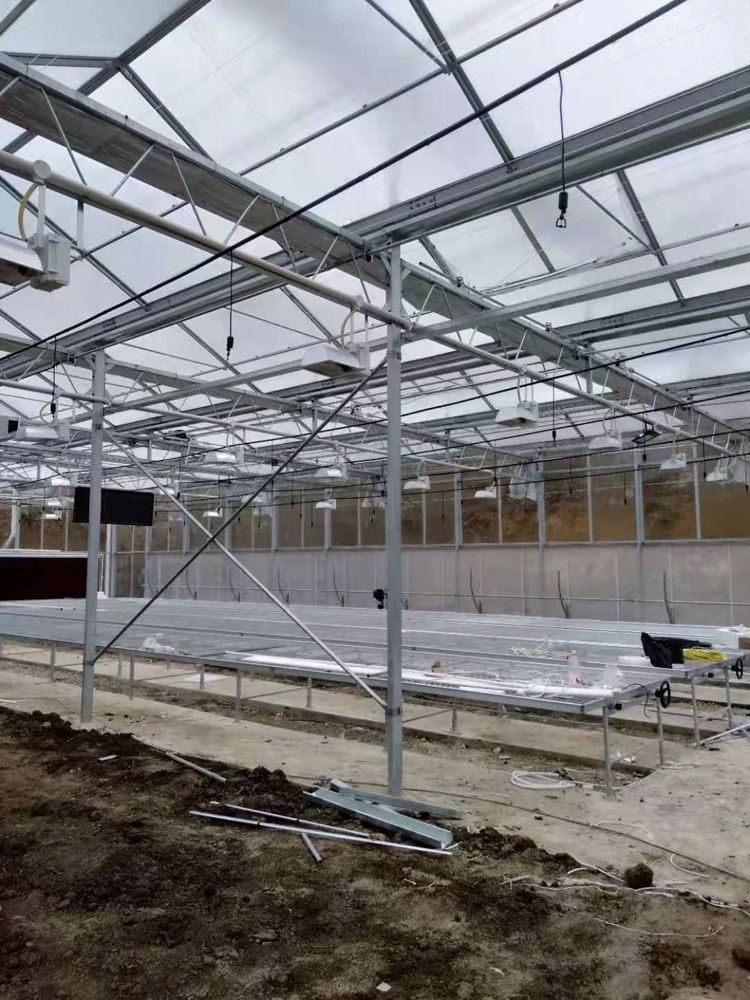
When the winter greenhouse is used for construction, there are still problems of low utilization and low economic efficiency. At present, the use of plastic greenhouses should pay attention to the reasonable arrangement of mouthwash, so that the greenhouse can fully play its role and achieve the purpose of increasing income. Mouthwashing devices can be divided into three basic types:

1) The type of mouthwash based on my culture. The greenhouse consists of dry cultivation in spring (peppers, tomatoes, cucumbers, green beans, etc.), post-harvest cultivation (peppers, tomatoes, etc.) and winter seedlings (eggola, melon, beans). Spring starts in February and starts in the second half of the year. After planting the seedlings of Solanaceae and melons, use a small arch to cover the insulation layer of the grass trellis. The insulation layer can be listed from mid to late April. Delayed planting of tomatoes and peppers in autumn will prevent frost and keep warm, and can be extended to New Year's Day. The seedlings in winter are mainly tomato, pepper, and eggplant seedlings (3-4 true leaves), which are covered with multiple layers in the shed. The upper a vegetable should end in mid-November. The above arrangement is mainly based on the early maturity in spring, and it is necessary to purchase sufficient attention to fertilizer and high-level cultivation techniques to achieve the desired purpose.
(2) Type of mouthwash based on seedlings. It consists of a nursery in winter, a seed retention period in spring, and a late Lancome cultivation period in autumn. Seedlings start in December, and there is an electric heating bed in the greenhouse, which can be planted directly. Seedlings that can be propagated on hotbeds are also planted in cabinets, and small arches and window sills are used for heat preservation in winter. In the spring, when the seedlings are released from the shed, the father and the car carrier (primitive species of various parents) used for pepper or tomato sowing are planted and crossed. As long as you master the seed production techniques such as pepper hybrids, the yield per mu can reach 2000-2500 kg. Autumn cricket is still going on as usual, as are tomatoes and peppers. This cornice arrangement has high economic benefits, and can plant strong seedlings for large vegetable fields.







